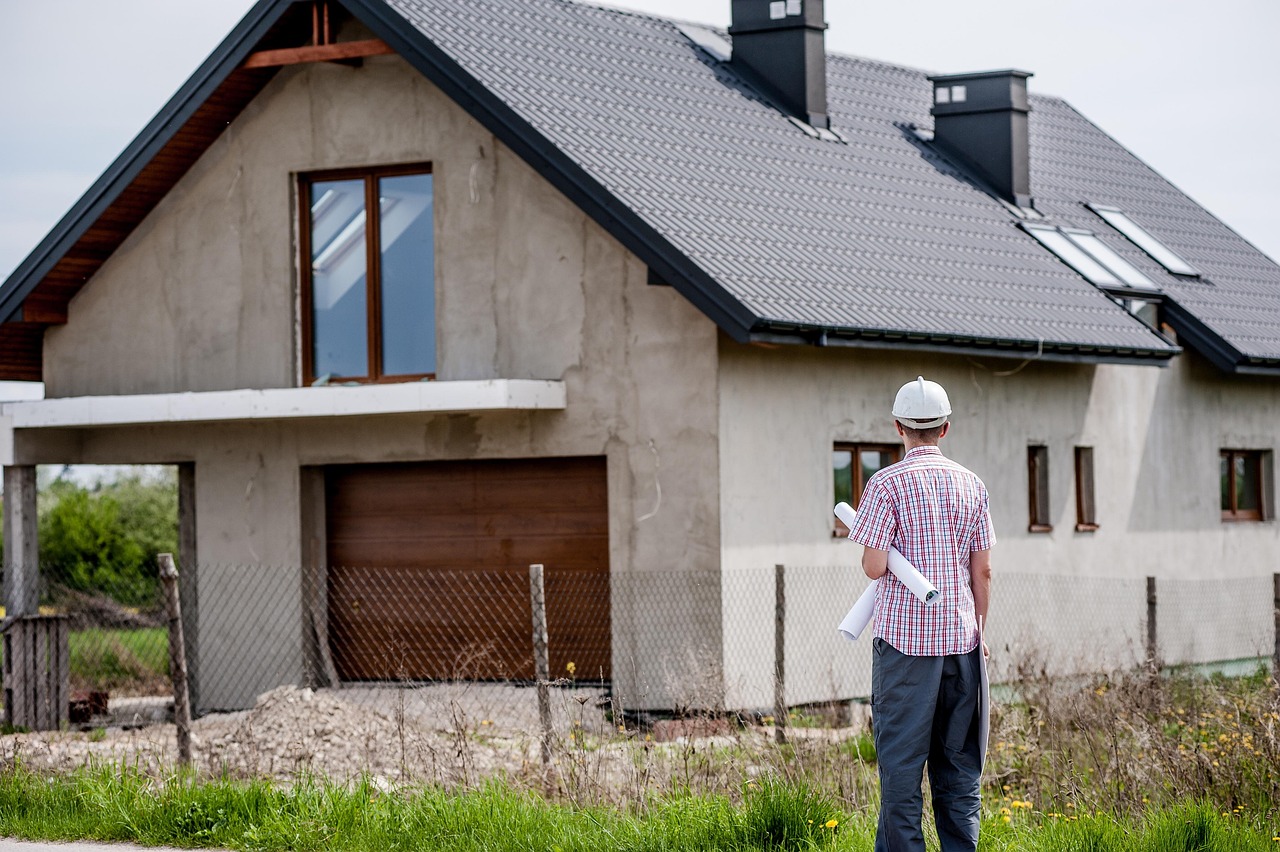
Subdividing your land can be a game-changer, offering multiple income streams and unlocking new financial opportunities. Whether you’re looking to sell plots, develop rental units, or increase property value, splitting your land has its advantages.
However, it also comes with challenges like zoning regulations, infrastructure costs, and potential market risks. Before making a decision, it’s crucial to weigh the pros and cons carefully. Will it boost your wealth or create unforeseen headaches?
In this post, we’ll explore four key benefits and drawbacks of land subdivisions to help you determine if it’s the right move for your financial future.
Maximizes Land Value and Profitability
Subdividing your land can significantly increase its market value and provide multiple revenue streams. By dividing a large parcel into smaller plots, you can sell each one individually at a higher price per square foot than selling the entire property.
This strategy is especially beneficial in high-demand areas where smaller, more affordable lots attract more buyers. Additionally, you could develop rental properties on the subdivided land, generating passive income over time.
However, the success of this approach depends on thorough planning and compliance with local regulations. Ensure to engage a subdivision surveyor to assess boundary adjustments and zoning requirements. This ensures a smooth and legally compliant process before proceeding.
Increases Development Flexibility
A major advantage of subdividing your land is the flexibility it offers in property development. Instead of being restricted to a single large home or business establishment, you can construct multiple residential or commercial units, each tailored to market demand. This allows you to diversify your investments—selling some lots while developing others for rental income.
Having multiple properties on the same land also reduces financial risk since you’re not relying on a single source of revenue. You can also stagger developments based on economic conditions, adjusting your investment strategy accordingly. However, local zoning laws and building codes must be carefully reviewed to avoid costly delays or compliance issues.
Upfront Costs and Legal Complexities
While subdivision has financial benefits, the process comes with significant costs and regulatory hurdles. Surveying, infrastructure development (such as roads, water, and electricity), and obtaining permits can be expensive and time-consuming. Legal fees, environmental impact assessments, and rezoning applications add to the overall expense. Additionally, navigating local government regulations can be complex, requiring expert guidance.
Failing to meet these requirements could result in fines or project delays. Property owners must also consider ongoing costs like higher property taxes and maintenance expenses. Before committing to subdivision, conducting a cost-benefit analysis is essential to ensure the long-term financial viability of the project.
Potential Market Risks and Lower Demand
Although subdividing land can open doors to new income streams, it also carries market risks. If demand for smaller lots or rental properties is low in your area, you may struggle to sell or lease the newly created parcels. Market fluctuations can also impact profitability, especially if property values decline after subdivision. Selling multiple lots in a short time can also oversaturate the local market, reducing overall property value.
Another risk is the possibility of extended vacancies if rental properties don’t attract tenants. Conducting thorough market research before subdividing will help mitigate these risks and ensure that your investment aligns with demand trends.

Subdividing your land can be a lucrative strategy, offering increased property value, multiple income streams, and greater development flexibility. However, the process comes with financial, legal, and market challenges that require careful planning. Weighing the pros and cons, consulting experts, and conducting thorough research are essential to making an informed decision. If done correctly, land subdivision can transform your property into a sustainable, long-term investment with significant financial rewards.









